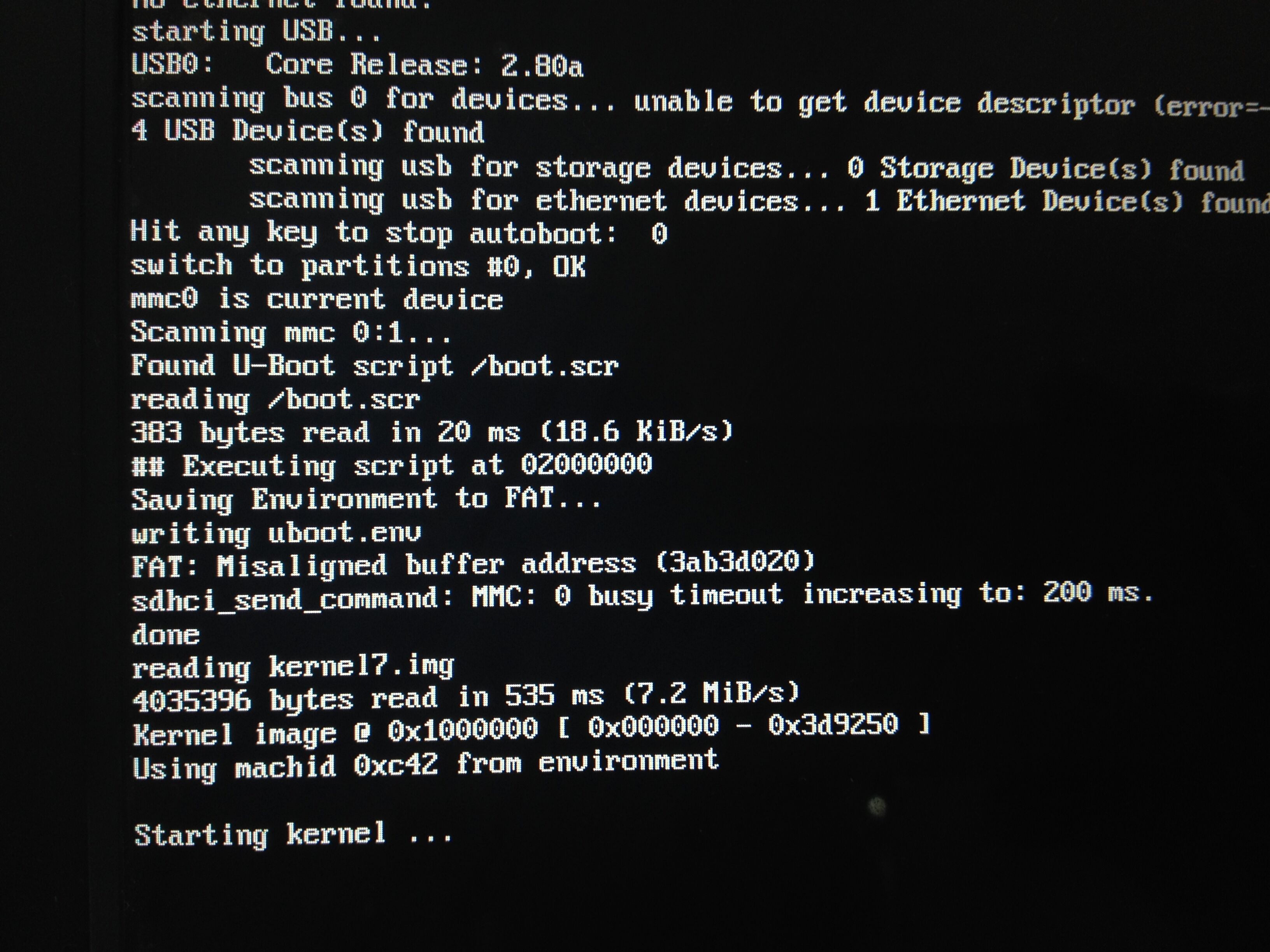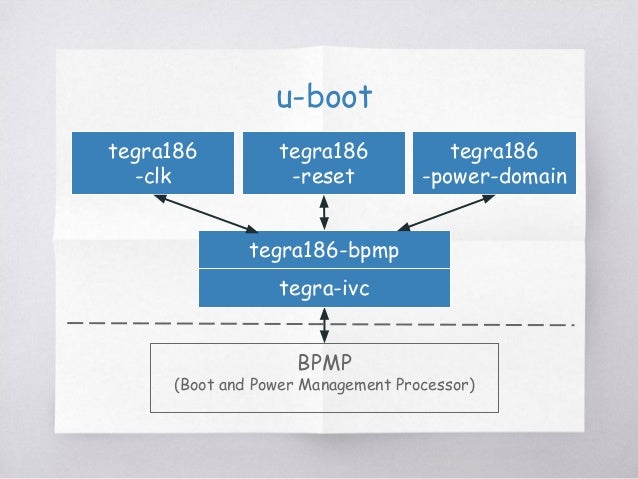
Provided that these choices meet your needs, you could be all set. Versions of two flash file systems (JFFS2 and UBIFS) are provided in U-Boot for this environment.
#Linux u boot driver
On Linux, that driver typically is the Memory Technology Device (MTD). Using Reliance Nitro, these kernel files could then be updated at runtime with confidence that random power loss won’t cause corruption.Īn additional challenge exists for designs using raw flash media storage: a driver is required to read the NAND or NOR flash. This solution can read files from a Reliance Nitro-formatted partition, even though the file system kernel objects are not yet loaded.
#Linux u boot full version
But isn’t this a proprietary solution that uses a license that is not compatible with GPL? Yes, that is true for the full version of Reliance Nitro, however Tuxera provides a Reliance Nitro reader under a GPLv2-compatible license which can be used in the U-Boot bootloader. Many system designers looking for a power fail-safe way to manage data often turn to the our file system, Reliance Nitro.
#Linux u boot update
To update an image during runtime the entire update had to be written at once, with no protection for power interruption, which left system vulnerable to being “bricked” during an update. Before U-Boot, kernel images were typically read from sequential blocks on the media and usually weren’t stored within a file system at all. The supported file systems in U-Boot are also supported by the standard Linux kernel, which means kernel files can be read from those same file systems, giving some flexibility for runtime updates. U-Boot on embedded LinuxĪs useful as U-Boot is for embedded designs, there are a couple of challenges that need to be addressed. It also includes the flash file systems JFFS2 and UBIFS – more on that later. On Linux, U-Boot supports a number of file systems, including ext2, 3, and 4, FAT, Squashfs, ZFS, and btrfs. “Derived work” is generally understood to mean a single statically-linked executable, which is what U-boot is. It is important to note that this software is licensed under the terms of GPLv2, which requires full source code for “derived works” to be available to recipients of a compiled version.


To get U-Boot output shown on the built-in framebuffer driver (currently, HDMI only at 1024x768), add the following to your boot.cmd:

Note: on the A20 based cubieboards, this only seems to work on the stable kernel, not on stage. Recent version of U-Boot are able to boot from NFS as well as TFTP, but you have to get rid of the automatic setup of FTP. Setenv bootargs console=ttyS0,115200 root=/dev/mmcblk0p2 rootwait panic=10 create a file boot.cmd on the first partition (also check Kernel arguments for extra 'bootargs' options):.For getting these bits loaded onto the hardware, please refer to the respective howto:įor booting from sd with mainline u-boot, the recommended way is:


 0 kommentar(er)
0 kommentar(er)
